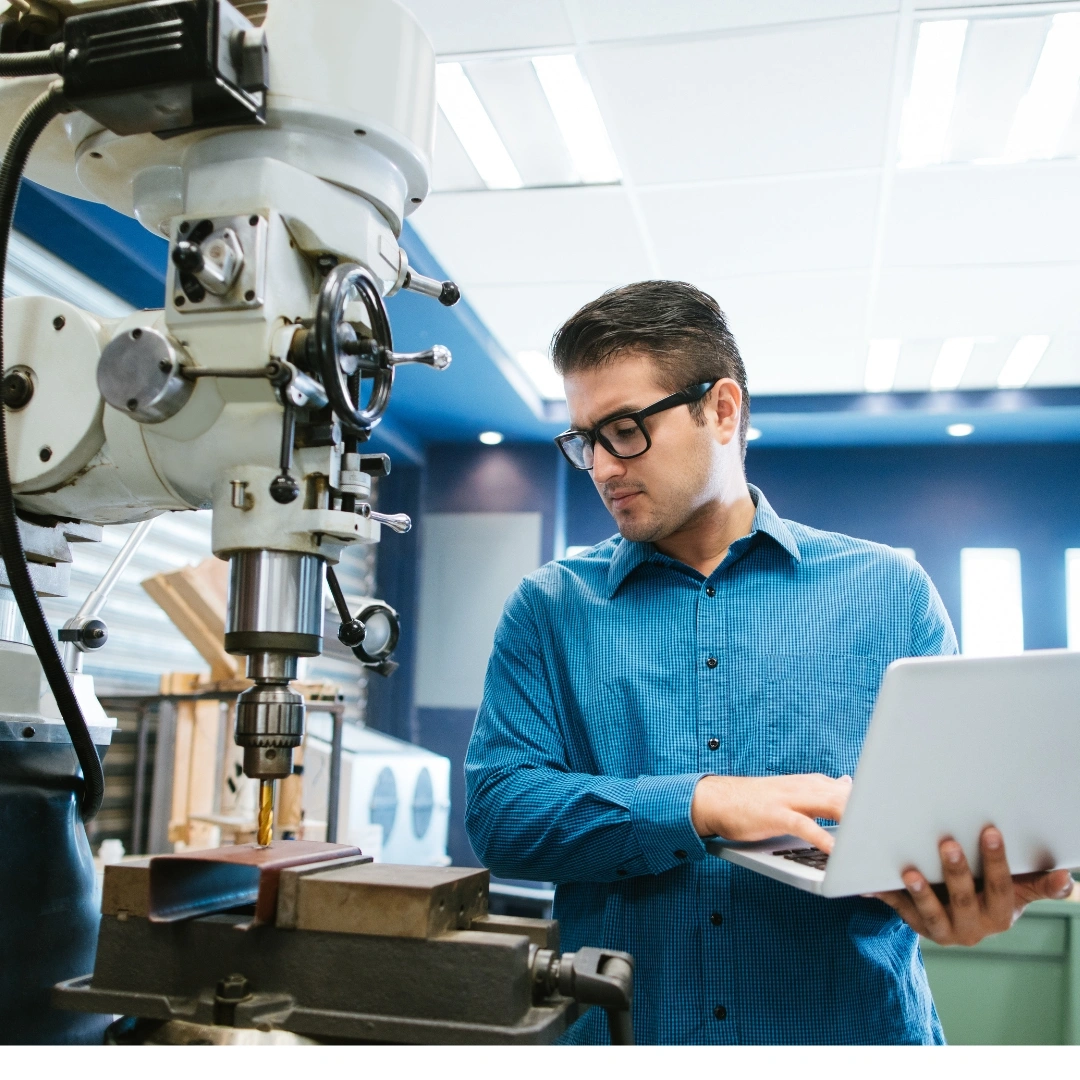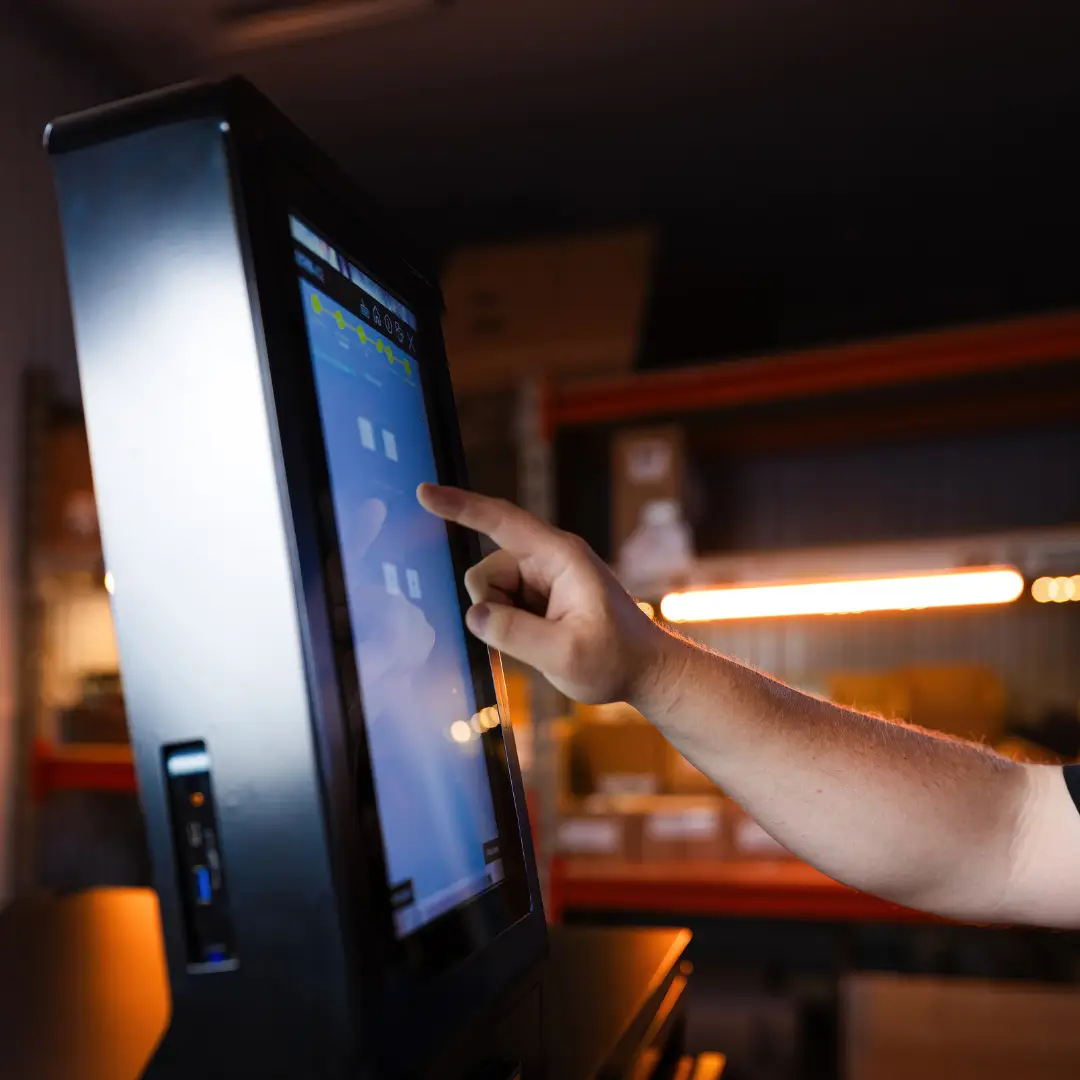Tool calibration refers to the process of verifying and adjusting the tool against a recognized standard, to ensure its accuracy and reliability. This helps to achieve precise results and is essential to maintain the quality of the tool’s performance. Tool calibration can improve the lifespan of the tool, decrease test time and improve manufacturing tolerances – resulting in cost reductions during the manufacturing process.
Many industries rely heavily on the tool calibration process. In the aviation and aerospace industry, tool calibration is essential in determining safety and adhering to the industry standards and specifications. It helps minimize the risk of expensive failures and damage to the aircraft. In the healthcare industry, tools used in medical equipment production need to be regularly calibrated to meet high standards and reduce the risk of error, so that the equipment can be confidently used by medical professionals in their practice.
Tool calibration in the automotive manufacturing industry ensures efficiency in manufacturing and optimizing the performance of the vehicles. Calibration is critical to meet compliance requirements such as emission regulations and for reducing risk of road accidents. High-accuracy calibration instruments are used to determine tool calibration in the electronics industry as quality control and maintenance are major factors in determining performance and reducing uncertainty.
Challenges that manufacturers face during tool calibration include promptly undertaking scheduled calibration sessions, maintaining records of specific calibration needs of every tool, working alongside the schedules of the team members who handle the tools and maintaining the quality of the tool after calibration.
Overseeing tool calibration is a critical process which can be managed in a more efficient manner with the addition of the right tool management software. It helps manage downtime during calibration and reduces workload of the team members by avoiding manual tracking and storing of the tools. Right from determining the location of every tool to making a note of its every calibration activity, tool management software records all relevant information.
Tool management software allows you to streamline and enhance the way you handle calibration. Here\’s how:
- Centralized calibration records
Keeping track of tool calibration without tool management software can be a little difficult – paper logs, spreadsheets, and data scattered all over the place – it\’s easy to overlook calibrations and make mistakes. The tool management software simplifies the process of maintaining calibration records in one central location: calibration history, tweaks, and notes are securely stored and accessible at any time.
- Automated calibration schedules and alerts
Scheduling calibrations manually can lead to missed intervals and tool inaccuracy, as well as downtime costs. Using automated tool-management software, you can assign a custom calibration interval, regulatory interval or manufacturer interval. Calibration alerts ensure that technicians don\’t miss calibrations by setting up automatic reminders.
- Real-time monitoring and reporting
With real-time visibility into the status of your tools, tool management software will inform you when your tools drift outside of acceptable tolerances, or even when they need to be calibrated, allowing you to avoid risk or enabling additional production cycles.
- Enhanced compliance and audit readiness
As aerospace and automotive industries are highly regulated, they have well-established standards for tool maintenance, whereas the healthcare industry faces increasingly strict regulations. Using tool management software, companies can automate the process of recording calibrations, adjustments, and certifications electronically. A calibration history can be collected with a simple click of a button, enabling auditors to spend less time digging through filing cabinets and more time concentrating on the audit.
- Data-driven insights for continuous improvement
Using historical data, you can compare tool-usage patterns across operations, facilities, shifts, or individuals. As a result, you can identify trends, predict future requirements, and identify tools that require recalibration and need to be replaced frequently.
- Improved accountability and traceability
There are some roles that require precision, safety, and accountability. Every activity and calibration are logged in tool management software, and each check is automatically associated with the technician who performed it. Through this transparency, a culture of accountability is built, where human error is eliminated, and calibrations are managed in a similar and repeatable manner.
In addition to increasing efficiency, tool management software adds accuracy, compliance, and longevity to calibration management systems. By automating calibration scheduling, creating databases for centralized records, and providing real-time alerts, companies can ensure that tools are kept as safe as possible with accurate readings. As a result, productivity can also be increased by maximizing the use of tools.
It’s time to calibrate smarter! You can accomplish this by using tool management software.
CRIBWISE – The digital solution to intelligent tool calibration
Precision, efficiency and consistency are the key values CRIBWISE provides its customers. CRIBWISE tool management software paves the way for achieving high-quality and high-accuracy results in tracking and managing tools and other manufacturing assets. The software provides smart solutions such as superior data analytics and reports, while ensuring convenient usage and smooth onboarding.
CRIBWISE is your answer to more streamlined and productive tool calibration and enhancing overall manufacturing quality. Contact us for a free demo and discover how CRIBWISE can help.


